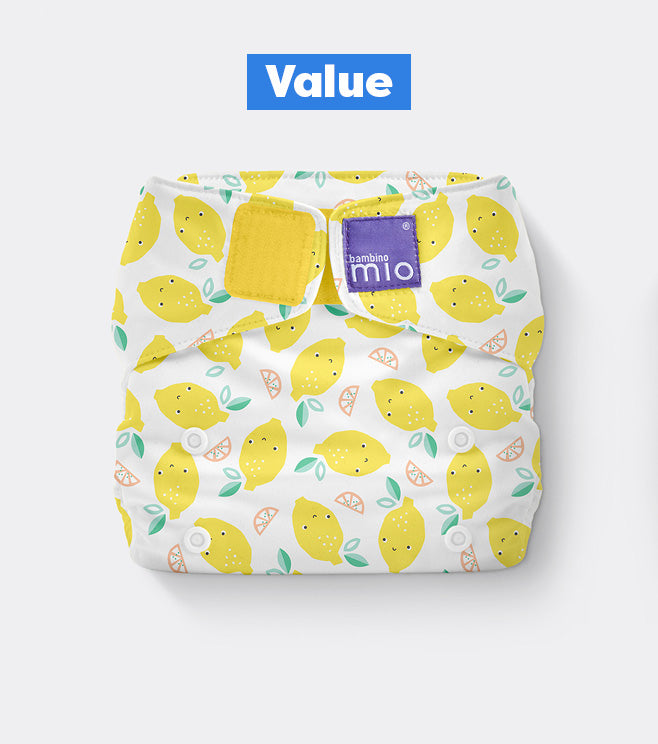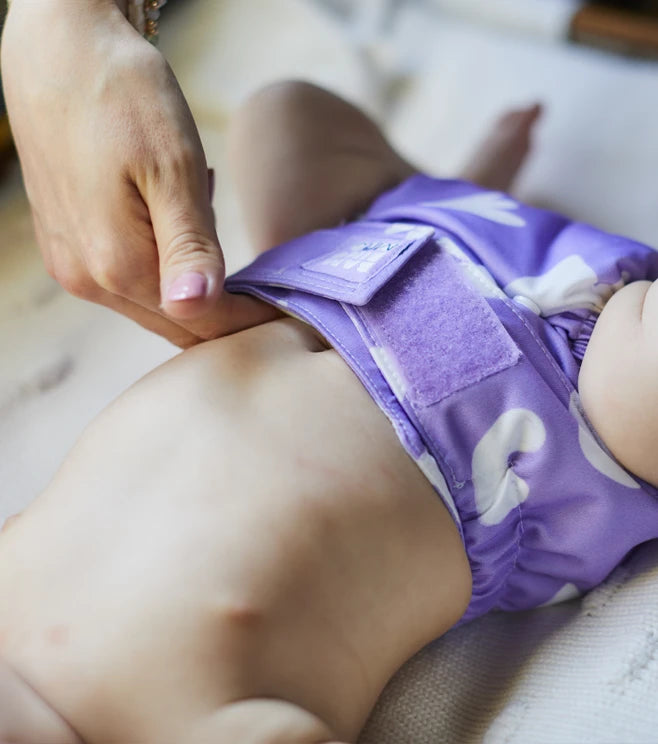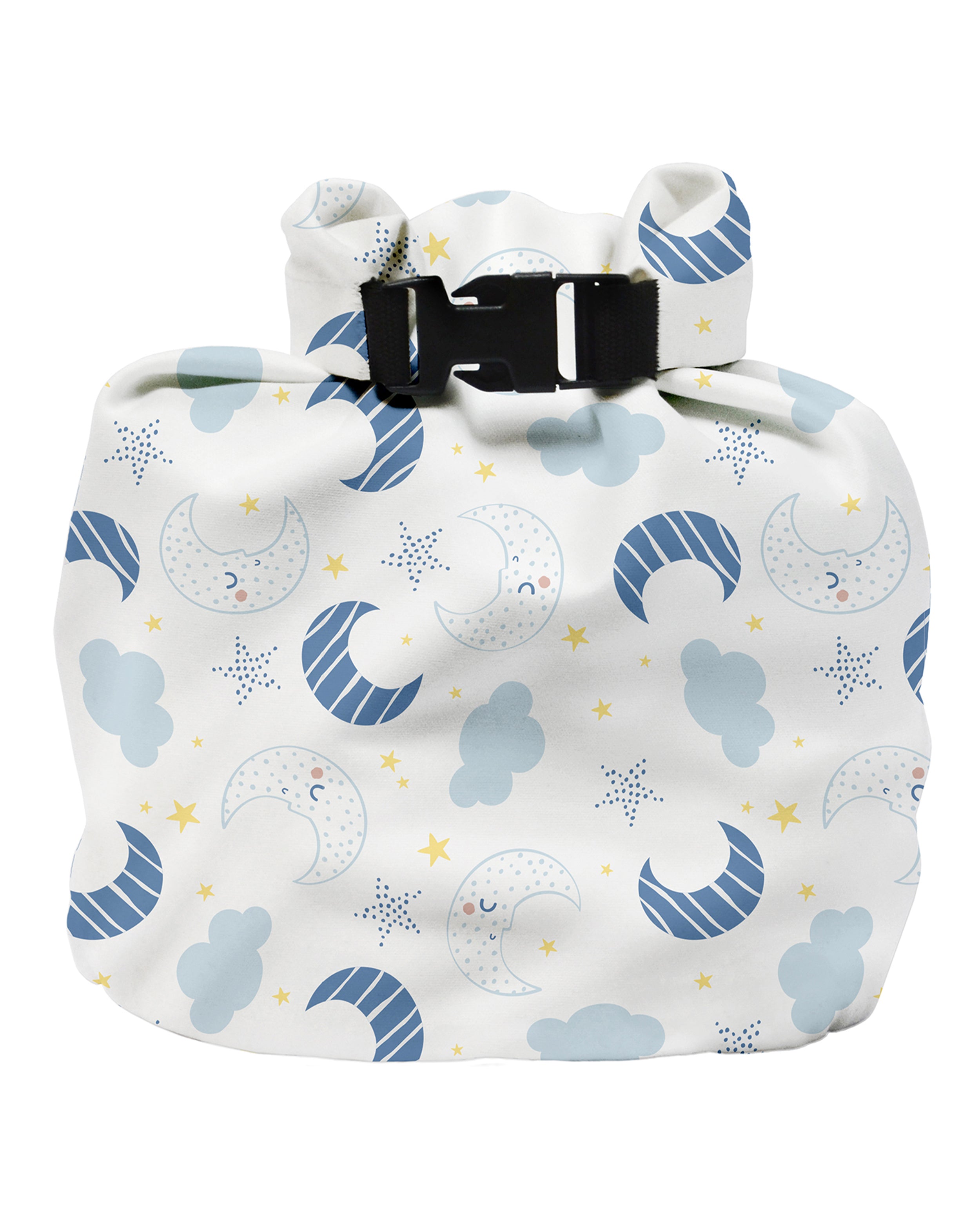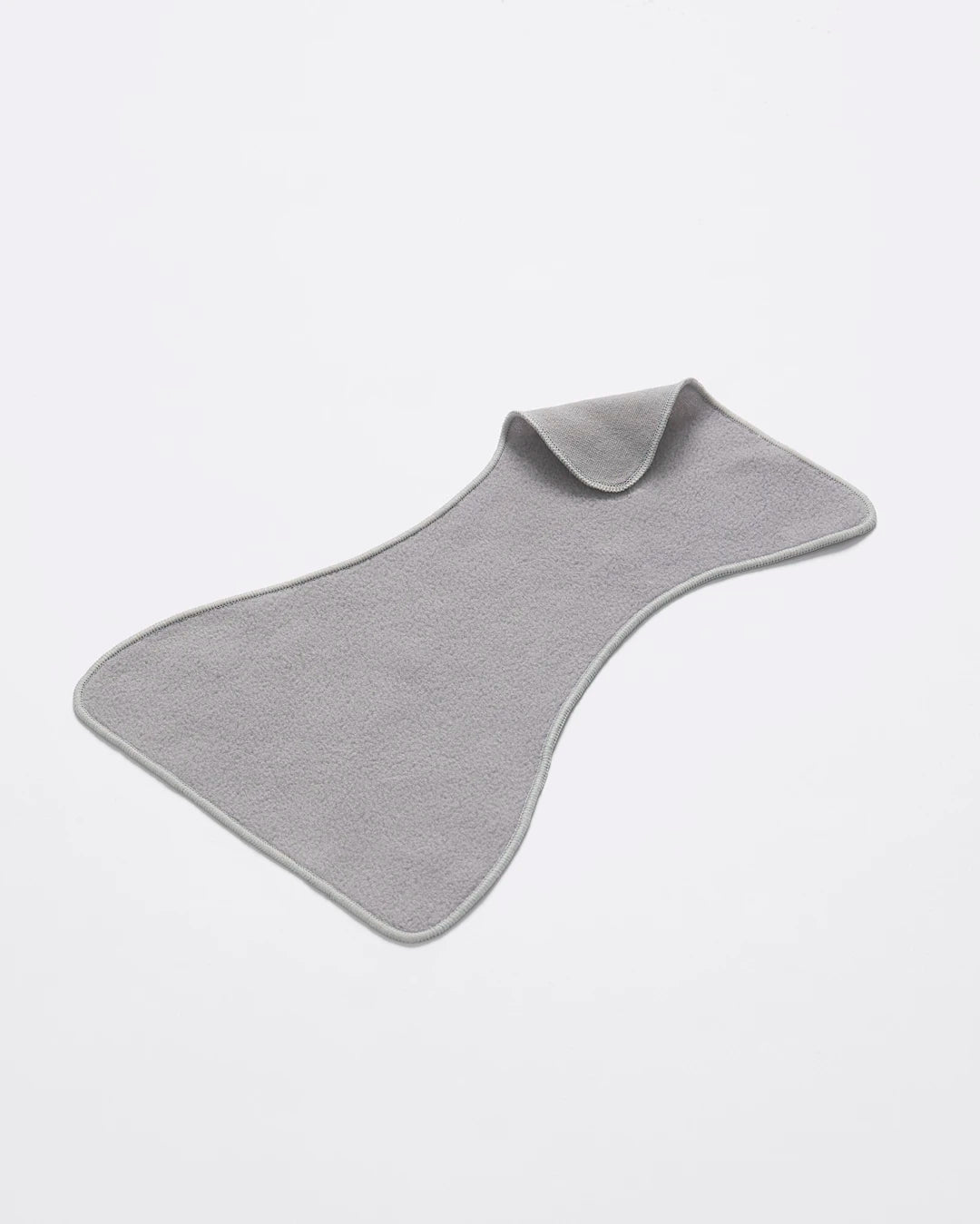Perineum | Glossary of Pregnancy & Baby Term
Share Options
- Bambino Mio
- 24 / 07 / 2023
Inside this Article:
What Is the Perineum?
Immediately behind your vagina is the pubis symphysis (1) - the joint between your two pubic bones - and resting on this joint is your perineum. The perineum tends to have sparser hair than the rest of your genital area.
In the centre of your perineum you’ll find the perineal body (2), which is composed of tissue and muscles which strengthen your pelvic floor. Your pelvic floor is very important (3) as it supports internal organs like your intestines, bladder and womb, as well as helping you to control your bowel movements and urine.
Your perineum is like a bridge
Your perineum acts as a bridge which connects the muscles and functions of your urinary, digestive and reproductive systems. If there’s any damage to this bridge, its nerves or muscles, you can experience problems with your pelvic floor known as pelvic floor dysfunction (4).
Your perineum can tear during childbirth
Perineal tears can happen during childbirth as your body pushes your baby out of your vagina. The skin and sometimes muscle of the perineum can’t stretch any further and so they tear.
More than 90% of women who have vaginal births have some degree of grazing or tearing (5) and it’s more likely if you have a bigger (more than 3.6kg (8lbs)) baby.
There are four degrees of perineal tears
- A first-degree tear: this kind of tear is superficial and only affects the first layer of tissue in the perineum
- A second-degree tear: this kind of tear is the most common and it goes slightly further than the first-degree tear into the muscle tissue
- A third-degree tear: this kind of tear extends from the vagina to the anus, affecting muscle tissue and potentially interfering with the muscles you use to control bowel movements
- A fourth-degree tear: very rare, this tear goes past the anus and into the rectum and anal sphincter muscles (6), potentially causing long-term issues and pelvic floor dysfunction
Can you prevent perineal tearing?
Some labour positions can help to reduce the chance of tearing (7), such as remaining upright. Your midwife or doctor may also, when you’re in labour, make a small incision in your perineum called an episiotomy. This controlled cut is usually made at an angle away from the anus and can give the baby more room to come out without causing a third or fourth-degree tear.
Citations and References
- National Institutes of Health (NIH). National Library of Medicine. ‘The Adult Human Pubic Symphysis: a Systematic Review.’ 2010. Web. www.ncbi.nlm.nih.gov/pmc/articles/PMC3035856
- National Institutes of Health (NIH). National Library of Medicine. ‘Anatomy, Abdomen and Pelvis, Perineal Body.’ 2022. Web. www.ncbi.nlm.nih.gov/books/NBK537345
- National Health Service (NHS). ‘Pelvic Health. Pelvic Floor Muscles. 2023. Web. www.nhsinform.scot/healthy-living/womens-health/middle-years-around-25-to-50-years/pelvic-health/pelvic-floor-muscles
- National Institutes of Health (NIH). National Library of Medicine. ‘Pelvic Floor Dysfunction.’ 2023. Web. www.ncbi.nlm.nih.gov/books/NBK559246
- Royal College of Obstetricians and Gynaecologists (RCOG). ‘Perineal Tears During Childbirth.’ 2023. Web. www.rcog.org.uk/for-the-public/perineal-tears-and-episiotomies-in-childbirth/perineal-tears-during-childbirth
- Cleveland Clinic. ‘Body Systems and Organs. Anus.’ 2023. Web. my.clevelandclinic.org/health/body/24784-anus-function
- Royal College of Obstetricians and Gynaecologists (RCOG). ‘Reducing Your Risk of Perineal Tears.’ 2023. Web. www.rcog.org.uk/for-the-public/perineal-tears-and-episiotomies-in-childbirth/reducing-your-risk-of-perineal-tears




























